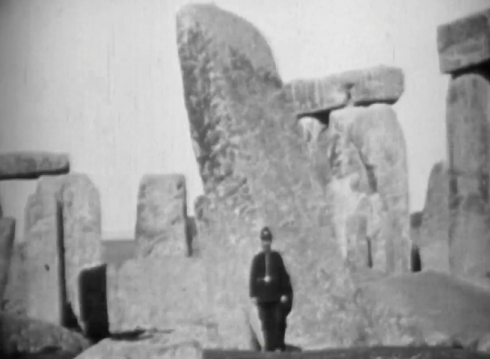The Mystique and Significance of Stonehenge

Introduction to Stonehenge
Stonehenge, one of the most iconic prehistoric monuments in the world, continues to capture the imagination of historians and tourists alike. Located on Salisbury Plain in Wiltshire, England, this ancient circle of standing stones has sparked endless debates about its purpose, construction methods, and the societies that built it. Recognised as a UNESCO World Heritage site, Stonehenge is a pivotal point of interest for those studying human history and ancient engineering.
A Brief History
Dating back to around 3000 BC, Stonehenge’s construction is believed to have spanned several phases over nearly 1,500 years, with the most recognisable stones erected in the late Neolithic period. The structure was initially a burial ground, and excavations have revealed numerous cremated remains, indicating its significance in ancient rituals. The stones, weighing as much as 25 tons and transported from as far as Wales, pose questions about the capabilities of the prehistoric communities and their understanding of astronomy.
Recent Discoveries and Research
Ongoing archaeological excavations at Stonehenge have unearthed new findings, including evidence suggesting a complex landscape surrounding the site and a network of monuments that offer insights into the cultural practices of its builders. In 2023, researchers announced they had identified previously undiscovered burial mounds nearby, which could further explain the importance of the area as a ceremonial site. Techniques such as ground-penetrating radar have unveiled hidden structures, suggesting that the significance of Stonehenge might have extended beyond what was previously understood.
The Cultural Impact of Stonehenge
Stonehenge’s influence stretches well beyond its physical presence. It has become a national symbol of Britain and attracts around 1.5 million visitors each year. The site is central to various cultural events, including the summer solstice celebrations, where thousands gather to witness the sunrise, reflecting its ongoing spiritual relevance. Additionally, it inspires art, literature, and popular culture, symbolising humanity’s connection to the past.
Conclusion
As we continue to explore the depths of Stonehenge’s history and significance, it remains a testament to human ingenuity and the quest for understanding our place in the universe. Future research and technological advancements may uncover even more about this enigmatic structure, ensuring its legacy endures for generations to come. For visitors and scholars alike, Stonehenge remains not just a field of stones, but a doorway into the rich tapestry of our ancient heritage.
